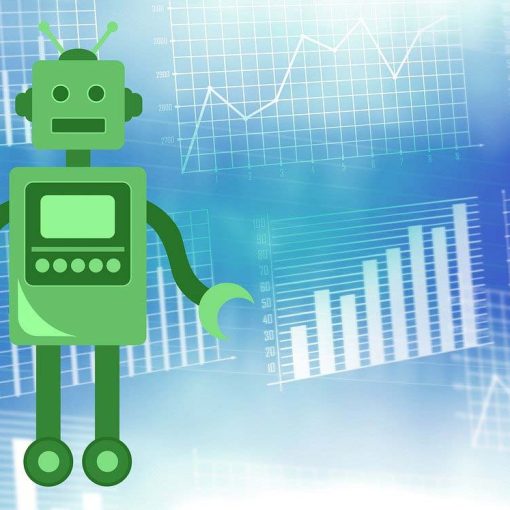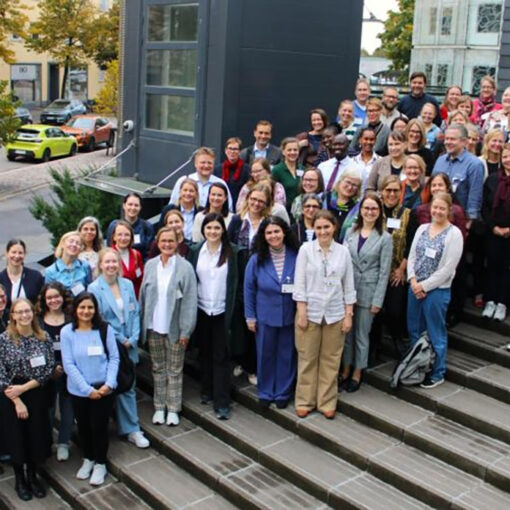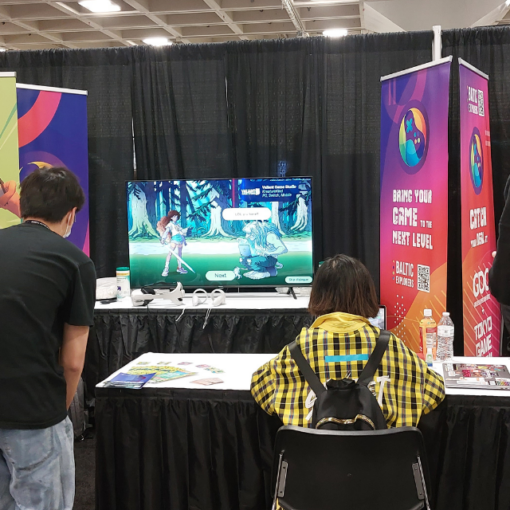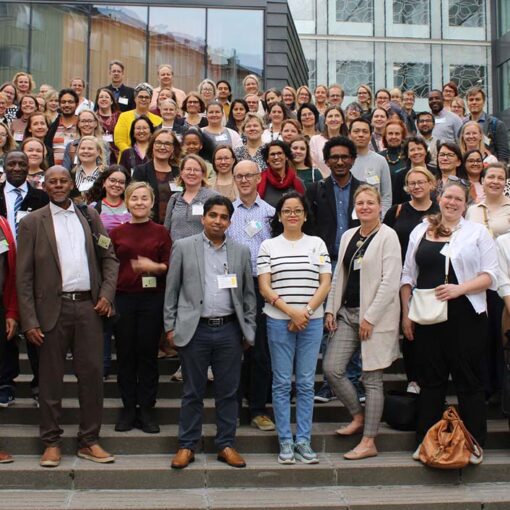Climate change mitigation and adaptation tasks become well integrated in national and municipality strategies. A noteworthy example that has sparked debate in Finland is the draft of the EU Energy Efficiency Directive (European Commission, 2021; 2023a; 2023b), presenting new demands that property owners will likely face in the future. According to the recent assessments, the directive aims to improve energy efficiency by 32.5% by 2030 and reduce CO2 emissions by 55% by the same year. These requirements can potentially affect at least 40% of Finland’s building stock and cumulatively create yearly demand for materials, solutions and services amounting to 1-1.5 bn euros (RAKLI ry 2023).
Rodionova (2023) dedicated her Master’s thesis in information technology to the cause of advancing the objectives of the EU Energy Efficiency Directive. The topic of the thesis is the integrated development of scalable ML-enhanced dataflows from single pipeline applications towards mature data platforms. The work concentrates on optimization of energy renovation costs facing building owners.
Building physics assessments play an important role in the extensive scope of works related to planning of energy renovations and adaptation to climate change. Changes in climate conditions expose building facades to novel stresses (Vinha et al. 2013). Sensor monitoring can detect the possibility of structural damage before it significantly affects the buildings, while ML-enriched scenario algorithms prevent over-dimensioning of structural solutions, in both cases saving building materials. Scaling these workflows to Big Data and cities’ data infrastructures creates powerful decision-making tools.
However, responsible integration of IoT into urban decision-making requires both novel methodologies (Lee et al. 2022), risk management expertise (Rodionova & Oldenburg 2023) and dedication to inclusive physical and digital urban spaces (Mattern 2021). IoT networks’ growing capacity requirements (Lea et al. 2020) should be balanced with sustainable development limitations. Scenario work necessitates closer collaboration among different experts and stakeholders and incorporating long-term risk management into business reporting (Arias et al. 2022). Digital twins’ analytical capacities can become instrumental in connecting buildings component data to insights related to occupants’ comfort, perceived security of the neighbourhoods, and economic parameters such as rental income.
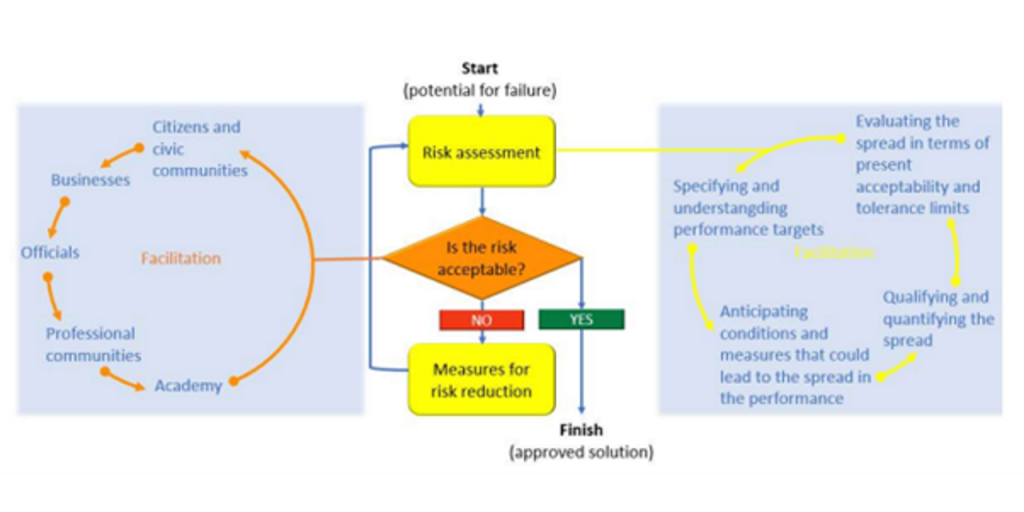
The McKinsey Global Institute estimates that by 2025, a potential economic impact of IoT applications, primarily linked to B2B services, will reach up to 11 trillion euros (Remotti 2021). The sustainable development potential of such applications heavily relies on viable governmental and municipal policies. Apart from fostering the emergence of innovative IoT technology clusters, such policies should also employ service-based logic to guide technology development towards multi-faceted, pro-social, and pro-environmental objectives.
Authors
PhD candidate, MSt Katja Rodionova graduated from the Master’s programme “From IoT to AI” in Information and Communications Technology at LAB University of Applied Sciences in 2023.
Minna Asplund is a senior lecturer in Information and Communications Technology and the coordinator of the Master’s programme “From IoT to AI” at LAB University of Applied Sciences.
References
Arias, P.A., Bellouin, N., Coppola, E., Jones, R.G., Krinner, G., Marotzke, J., Naik, V., Palmer, M.D., Plattner, G.-K., Rogelj, J., Rojas, M., Sillmann, J., Storelvmo, T., Thorne, P.W., Trewin, B., Achuta Rao, K., Adhikary, B., Allan, R.P., Armour, K., Bala, G., Barimalala, R., Berger, S., Canadell, J.G., Cassou, C., Cherchi, A., Collins, W., Collins, W.D., Connors, S.L., Corti, S., Cruz, F., Dentener, F.J., Dereczynski, C., Di Luca, A., Diongue Niang, A., Doblas-Reyes, F.J., Dosio, A., Douville, H., Engelbrecht, F., Eyring, V., Fischer, E., Forster, P., Fox-Kemper, B., Fuglestvedt, J.S., Fyfe, J.C., Gillett, N.P., Goldfarb, L., Gorodetskaya, I., Gutierrez, J.M., Hamdi, R., Hawkins, E., Hewitt, H.T., Hope, P., Islam, A.S., Jones, C., Kaufman, D.S., Kopp, R.E., Kosaka, Y., Kossin, J., Krakovska, S., Lee, J.-Y., Li, J., Mauritsen, T., Maycock, T.K., Meinshausen, M., Min, S.-K., Monteiro, P.M.S., Ngo-Duc, T., Otto, F., Pinto, I., Pirani, A., Raghavan, K., Ranasinghe, R., Ruane, A.C., Ruiz, L., Sallée, J.-B., Samset, B.H., Sathyendranath, S., Seneviratne, S.I., Sörensson, A.A., Szopa, S., Takayabu, I., Tréguier, A.-M., van den Hurk, B., Vautard, R., von Schuckmann, K., Zaehle, S., Zhang, X., & Zickfeld, K. 2021. Technical Summary. In Masson-Delmotte, V., Zhai, P., Pirani, A., Connors, S.L., Péan, C., Berger, S., Caud, N., Chen, Y., Goldfarb, L., Gomis, M.I., Huang, M., Leitzell, K., Lonnoy, E., Matthews, J.B.R., Maycock, T.K., Waterfield, T., Yelekçi, O., Yu, R. & Zhou, B. (eds.). Climate Change 2021: The Physical Science Basis. Contribution of Working Group I to the Sixth Assessment Report of the Intergovernmental Panel on Climate Change. Cambridge, United Kingdom and New York, USA: Cambridge University Press. 33−144. Cited 5 Mar 2023. Available at https://www.ipcc.ch/report/ar6/wg1/downloads/report/IPCC_AR6_WGI_TS.pdf
European Commission. 2021. Commission proposes new Energy Efficiency Directive. News article 14 Jul 2021. Cited 21 Dec 2023. Available at https://commission.europa.eu/news/commission-proposes-new-energy-efficiency-directive-2021-07-14_en
European Commission. 2023a. European Green Deal: EU agrees stronger rules to boost energy efficiency. Press release 15 Dec 2023. Cited 21 Dec 2023. Available at https://ec.europa.eu/commission/presscorner/detail/en/qanda_21_6686
European Commission. 2023b. State of the Energy Union 2023: EU responds effectively to crisis, looks to the future, and accelerates the green transition. Press release 24 Oct 2023. Cited 21 Dec 2023. Available at https://ec.europa.eu/commission/presscorner/detail/en/ip_23_5188
Lea, P.; Shetty, A.; Gonsalves, J. 2020. IoT and Edge Computing for Architects. 2. Edt. Birmingham: Packt Publishing.
Lee, B., Cooper, R., Hands, D., & Coulton, P. 2022. Continuous cycles of data-enabled design: reimagining the IoT development process. Artificial Intelligence for Engineering Design, Analysis and Manufacturing, AI EDAM. Vol. 36. Cited 19 Nov 2023. Available at https://doi.org/10.1017/S0890060421000299
Mattern, S. 2021. A City Is Not A Computer: Other Urban Intelligences. Woodstock: Princeton University Press.
RAKLI ry. 2023. Rakennusten energiatehokkuusdirektiivi uhkaa johtaa Suomessa massiivisiin rakennusten pakkokorjauksiin. Press release 7 Mar 2023. Cited 22 Jul 2023. Available at https://www.sttinfo.fi/tiedote/rakennusten-energiatehokkuusdirektiivi-uhkaa-johtaa-suomessa-massiivisiin-rakennusten-pakkokorjauksiin?publisherId=40066563&releaseId=69968238
Remotti, L.A. 2021. IoT innovation clusters in Europe and the case for public policy. Data and Policy. Vol. 3 (4). Cited 19 Nov 2023. Available at https://doi.org/10.1017/dap.2021.16
Rodionova, K. 2023. IoT-DT pipelinen potentiaali kiinteistöjen arvonhallinnassa. Master’s thesis. LAB University of Applied Sciences, Faculty of Technology. Lahti. Cited 21 Nov 2023. Available at https://urn.fi/URN:NBN:fi:amk-2023112030127
Rodionova, K., & Oldenburg, J.-R. 2023. Holistic aspects and frameworks of lifecycle durability: climate change, sociotechnical robustness, and design for longitudinal learning. In Palma, P. & Fink. G. (Eds.). Design for Robustness, Adaptability, Disassembly and Reuse, and Repairability of Taller Timber Buildings: A State of the Art Report. COST Action CA 20139 Holistic Design of Taller Timber Buildings HELEN. Cited 04 Nov 2023. Available at https://cahelen.eu/2022/12/01/the-state-of-the-art-report-of-cost-action-helen/
Vinha, J., Laukkarinen, A., Mäkitalo, M., Nurmi, S., Huttunen, P., Pakkanen, T., Kero, P., Manelius, E., Lahdensivu, J., Köliö, A., Lähdesmäki, K., Piironen, J., Kuhno, V., Pirinen, M., Aaltonen, A., Suonketo, J., Jokisalo, J., Teriö, O., Koskenvesa, A., & Palolahti, T. 2013. Ilmastonmuutoksen ja lämmöneristyksen lisäyksen vaikutukset vaipparakenteiden kosteusteknisessä toiminnassa ja rakennusten energiankulutuksessa. Tampereen teknillinen yliopisto, Rakennustekniikan laitos. Tutkimusraportti 159. Cited 21 Dec 2023. Available at https://researchportal.tuni.fi/en/publications/ilmastonmuutoksen-ja-l%C3%A4mm%C3%B6neristyksen-lis%C3%A4yksen-vaikutukset-vaipp-3

